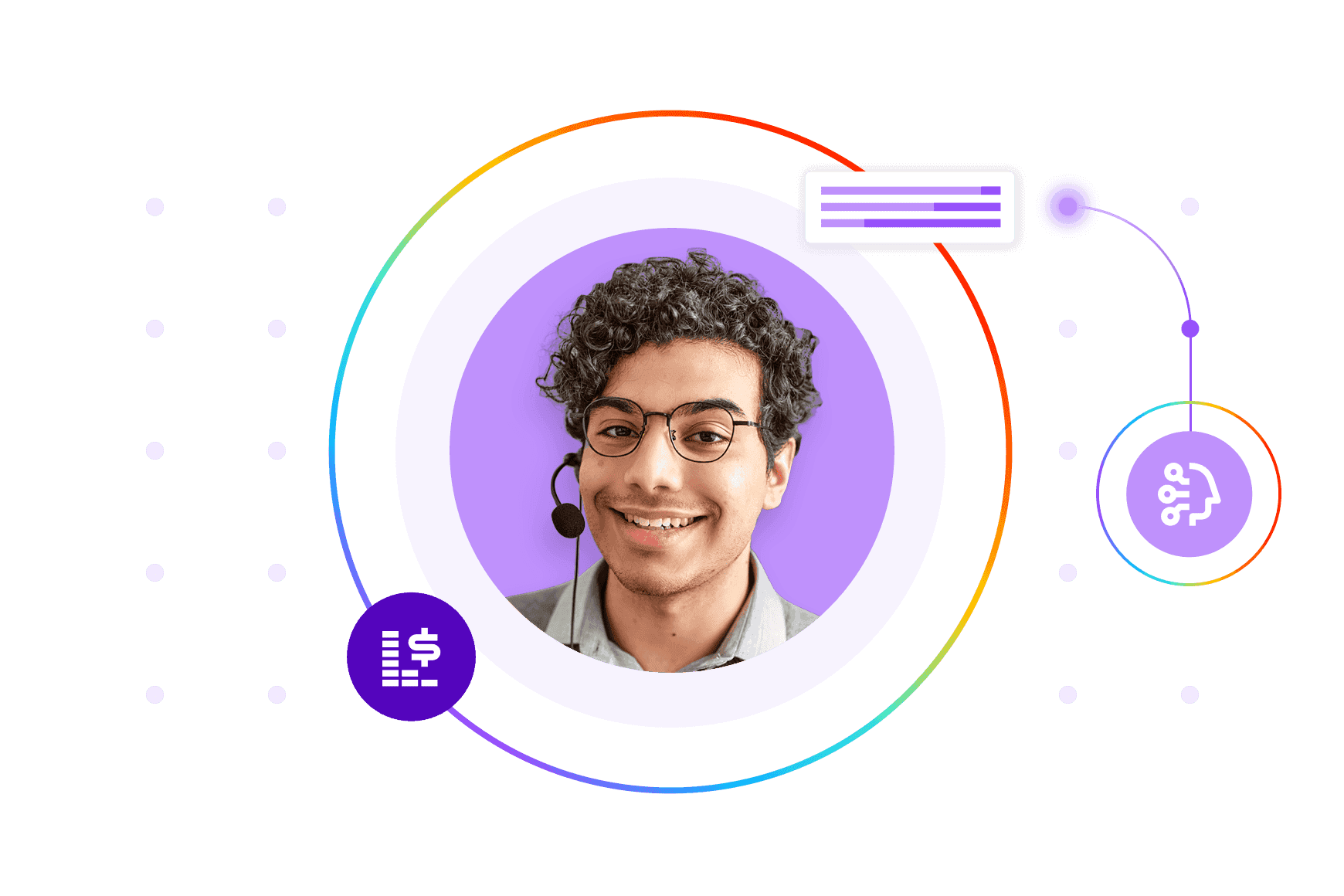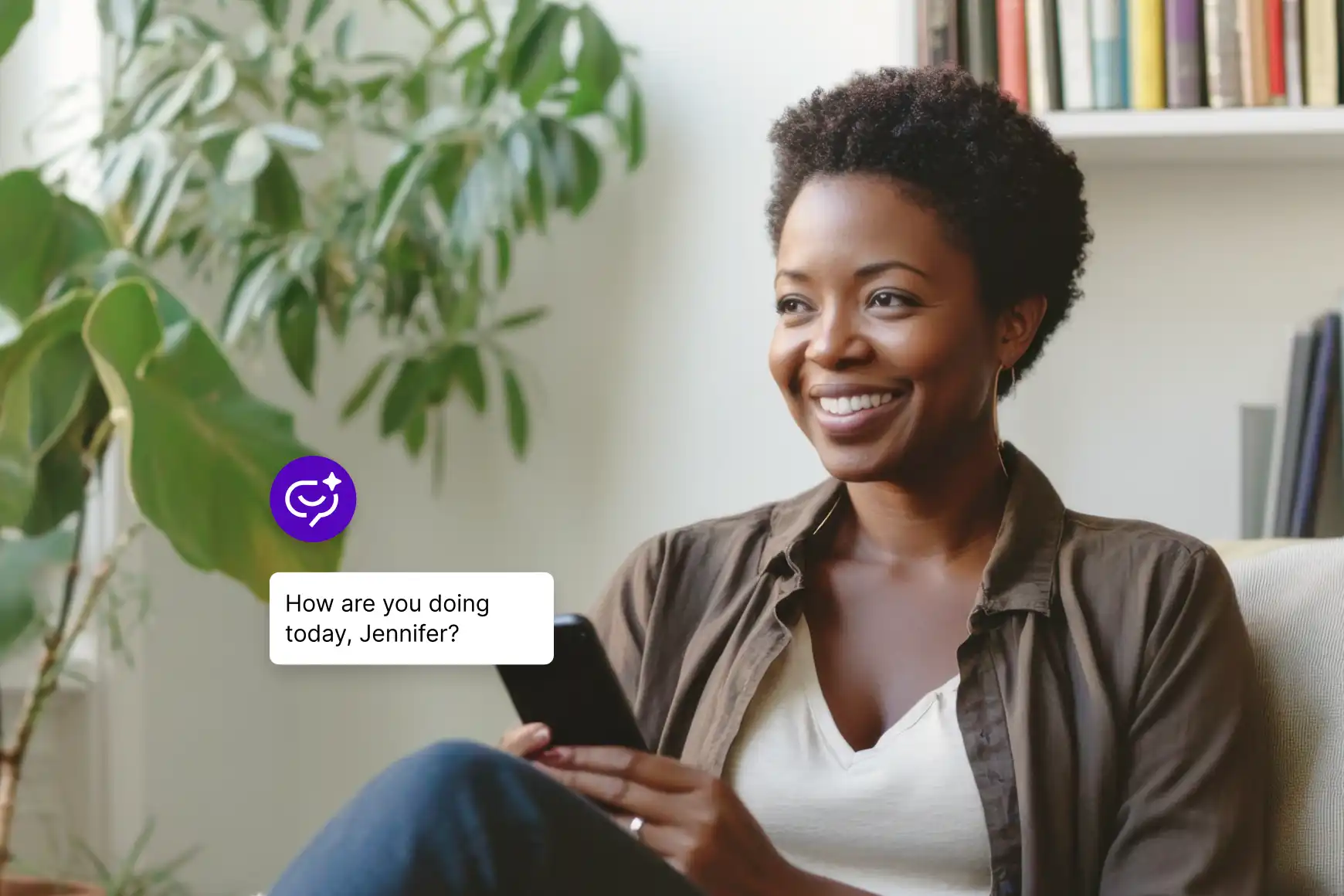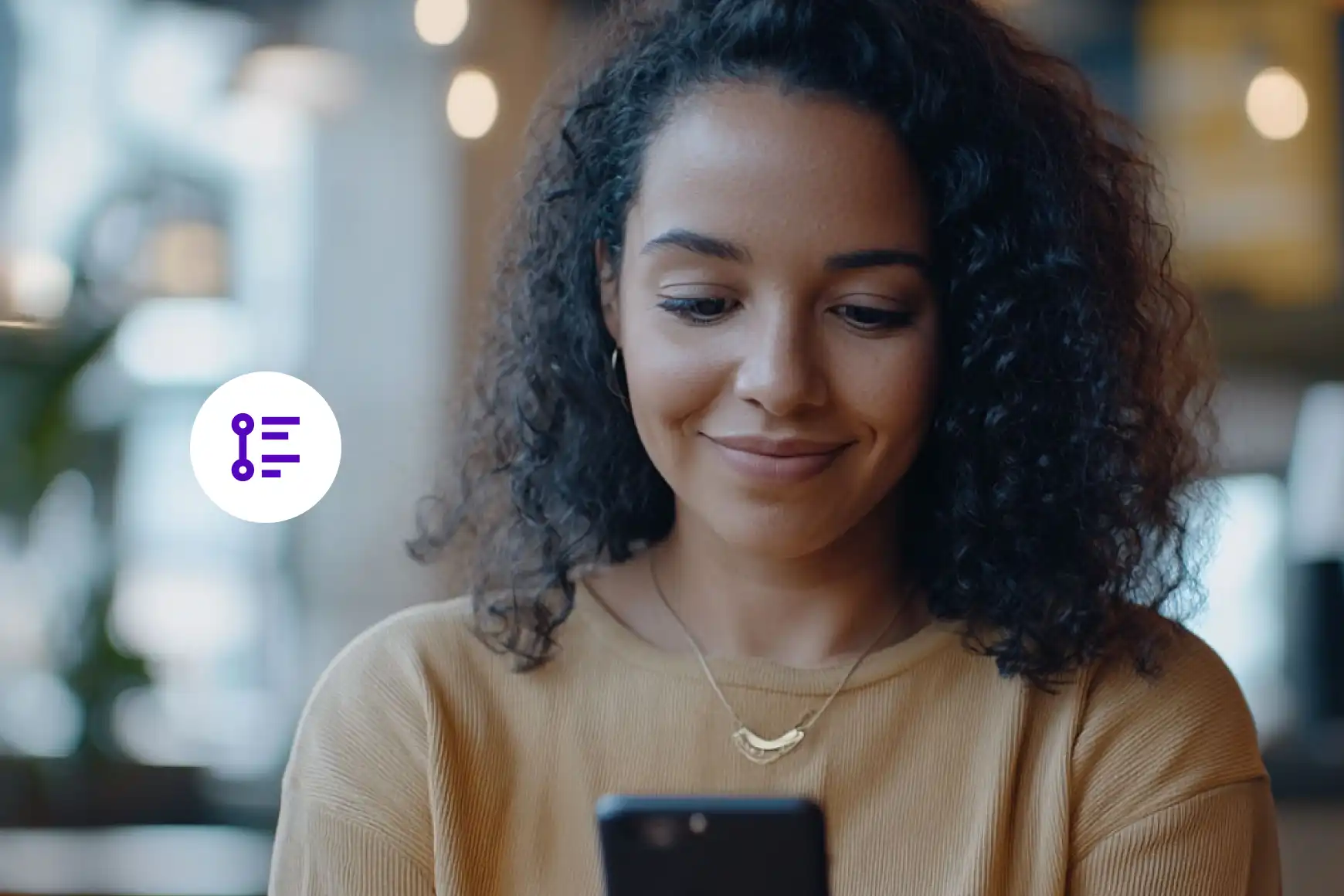8 étapes pour coacher efficacement les agents des centres d'appel

Par Celia Cerdeira
0 min de lecture

Des interactions utiles et efficaces avec les clients sont cruciales pour le succès de toute entreprise. C'est pourquoi il est très utile de mettre en place un système de coaching dans les centres d'appel avec des agents de coaching désignés.
Comment coacher efficacement les agents de votre centre d'appel.
Le coaching des agents des centres d'appel est une tâche cruciale pour développer une équipe efficace. Pour être optimisé, le coaching nécessite des efforts de gestion dédiés, de la cohérence de bonnes connaissances. Cet article couvre huit étapes pour coacher les agents des centres d'appels. En les appliquant systématiquement, vous vous rapprocherez de l'excellence en matière de coaching.
1. Préparez les séances de coaching.
Avant de faire venir l'agent dans votre bureau pour sa séance de coaching individuel, vous devez vous préparer de manière adéquate à le rencontrer. Cela implique de fixer des objectifs SMART, de développer un cadre de coaching solide, de calibrer votre approche du coaching avec d'autres managers, d'inclure l'équipe de direction dans votre stratégie et d'informer les agents de ce à quoi ils peuvent s'attendre et de la manière dont ils peuvent se préparer aux sessions de coaching. Une fois que vous vous êtes préparé à la session de coaching, les étapes suivantes vous aideront à améliorer le processus de coaching.
2. Identifier les tendances de performance en fonction du type d'appel.
Knowing that your agent’s performance is “average overall” is not as helpful as knowing they excel with returns and struggle with more technologically advanced customer service calls. Break down your agent performance analysis based on call type —customer service, outbound sales, inbound sales, returns, refunds, and more— or a more probing analysis using disposition codes—bug, lost shipment, warranty, order inquiry, and others. Analyzing this information will give a more comprehensive understanding of performance trends so that you can provide more targeted coaching.
3. Détecter les problèmes de performance sur la base d'une observation et d'une surveillance en temps réel.
There is no better way to identify strengths and weaknesses than to observe agents interact with customers. Listen in on live calls to identify any performance issues— communication skills, difficulties adhering to the script, failure to adhere to company policy and procedures, or problems processing specific transactions. Leverage call center software that allows you to listen in on live calls without the agent or caller knowing so that you can assess the agent’s performance, without their anxiety getting the best of them. You should also observe agents at their desks to identify when work habits or time management issues are contributing to a decrease in performance. Using the qualitative data that you compiled from these observations, you can gain a more comprehensive understanding of performance strengths and weaknesses and enrich the feedback you provide your agents.
4. Évaluez quelques appels pour obtenir des données plus fiables.
When evaluating recorded and live calls, it is ideal to analyze a few calls rather than just digging deep into one call. This ensures the analysis of a more representative sample of the agent’s performance and will offer more reliable data. Evaluating a few calls allows you to identify trends across calls, pinpoint consistent issues, and dig up huge red flags. The data gathered from this analysis is an indicator of true performance issues so you can provide your agents with reliable information.
5. Permettez à vos clients de faire du coaching.
Sometimes there is nothing more impactful than providing feedback from the customer’s perspective. During your coaching sessions provide data compiled from post-call surveys and quotes from customer satisfaction surveys, customer emails, and call recordings. Make sure you include positive feedback as well as constructive criticism. Doing so will allow your agents to learn directly from the customers.

Webinaire à la demande
Maximisez la productivité des agents et réduisez le taux de rotation
Prêt à transformer votre centre de contact pour réussir dans l'ère du travail hybride ? Rejoignez notre session Talkdesk à la demande pour découvrir des stratégies exploitables et des technologies de pointe.
6. Fournissez un retour sur le travail efficace.
As a coach, providing effective feedback is critical. Make sure that when you provide feedback it is:
- Spécifique - reliez votre feedback à un problème de performance spécifique.
- Reposant sur des données : assurez-vous que votre retour d'information soit basé sur des données quantitatives (mesures) et qualitatives (citations tirées d'enregistrements d'appels, commentaires de clients et autres).
- Rapide - fournissez un retour d'information dans un délai aussi proche que possible de l'événement auquel vous faites référence.
- Lié à un plan d'action - assurez-vous que votre agent sait exactement comment améliorer ses performances.
Par un retour sur son travail efficace, vous vous assurez que l'agent comprenne ce que l'on attend de lui et qu'il est motivé pour améliorer ses performances.
7. Élaborer des plans d'action ciblés.
Après avoir fourni un retour d'information, collaborez avec l'agent pour élaborer un plan d'action. Il peut s'agir d'offrir à l'agent un coaching plus intensif, de compléter des modules d'apprentissage en ligne, de lire des documents de formation, de travailler avec un mentor, d'examiner des enregistrements d'appels supplémentaires pour identifier les domaines à améliorer et de réexaminer le problème lors de la prochaine session de coaching. Pour être efficaces, les plans d'action doivent comprendre les éléments suivants :
- A specific, measurable goal. For example, complete an e-learning module on call etiquette.
- Date de début et délai d'achèvement. Débuter demain et terminer avant la fin de la journée de travail du vendredi 2 décembre 2022.
- Durée du temps alloué pour atteindre un objectif. Par exemple, deux heures pour compléter le module.
- Quand ils peuvent travailler.
- Avec qui ils peuvent travailler. Par exemple, suivre Jamie, un agent d'assistance à la clientèle.
- Identifier les obstacles prévisibles à la réalisation de leurs objectifs et anticiper leur résolution.
Pour améliorer les performances de vos agents, il est essentiel de s'assurer qu'ils comprennent bien comment ils doivent s'améliorer.
8. Assurez le suivi avec l'agent avant la date d'échéance du plan d'action.
Avant que les téléconseillers ne se lancent dans les changements suggérés, analysez leurs performances et discutez-en avec eux. Au cours de cette session de vérification, assurez-vous qu'ils sont sur la bonne voie et demandez-leur s'ils ont des questions. Il y a ainsi plus de chances qu'ils parviennent à mettre en œuvre les changements suggérés dans le délai imparti.
Conclusion.
L'accompagnement des agents des centres d'appels requiert un mélange sophistiqué d'art et de science. En suivant ces huit étapes, vous serez sur la bonne voie pour maîtriser le coaching et votre équipe d'agents de centre d'appels excellera sous votre direction.
FAQ.
Qu'est-ce que le coaching en centre d'appel ?
Le coaching en centre d'appel fait référence aux mesures de formation que les centres de contact prennent pour assurer un service de qualité à leurs clients. L'agent d'encadrement fournira généralement au stagiaire des conseils sur l'amélioration ses performances, des exemples et des exercices pratiques.
Pourquoi le coaching est-il important dans un centre d'appel ?
L'être humain n'est pas parfait et il a souvent besoin d'un retour constructif pour mettre fin à ses mauvaises habitudes ou acquérir des compétences durables. Cela signifie que pour garantir des performances de haut niveau dans un centre d'appel, les retours positifs et négatifs sont essentiels pour vous et vos agents.

ON-DEMAND MASTERCLASS
Libérez la puissance de l'IA dans votre centre de contact pour réduire les coûts et améliorer le CX.
Ne manquez pas cette occasion de réaliser des économies et d'améliorer l'expérience de vos clients. Faites le premier pas vers la transformation de l'IA dès aujourd'hui !







